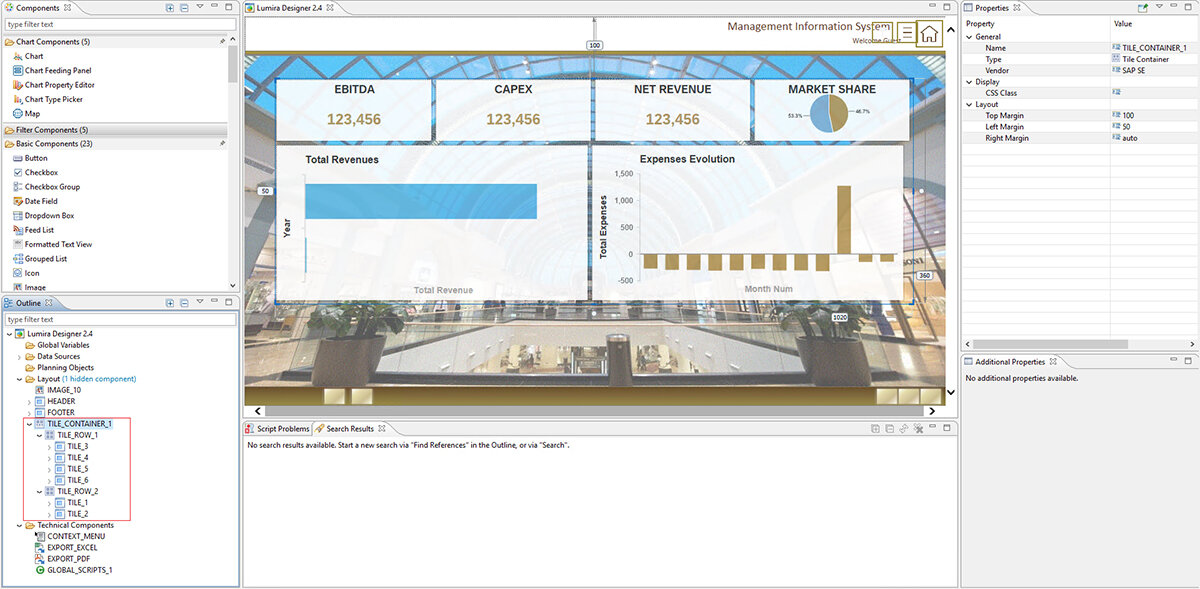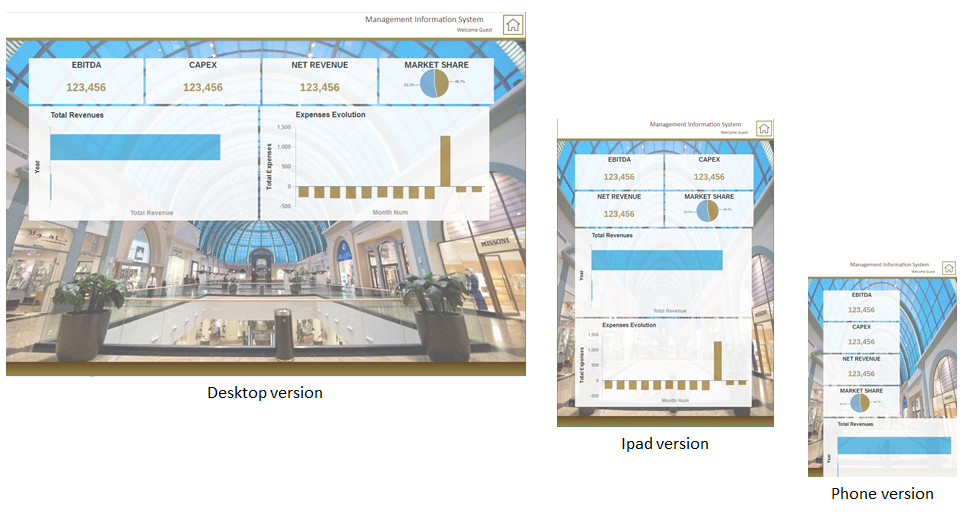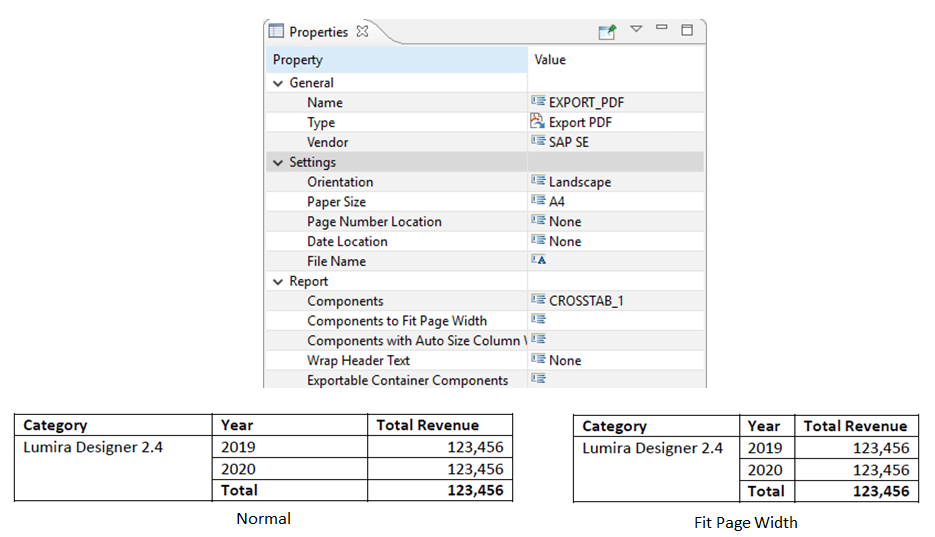As organizations move increasingly to cloud-only or cloud/on-premise hybrid environments, being able to query data via graphical interfaces such as dashboards is crucial in order to provide at-a-glance, easily digestible summaries of key information.
For dashboards to be truly useful, they should display as well on a smartphone screen for executives working on the go, as they would in a boardroom meeting displayed on a projector. With the new version of Lumira designer, ensuring the same dashboard displays equally well in both scenarios just got a lot simpler.
SAP Lumira Designer is the most powerful tool in the SAP BusinessIntelligence (BI) environment for pixel-perfect dashboard development, allowing a high level of customization and making it simpler than ever to add logic and extra functionality via programming languages such as SAP BI Action Language (BIAL) and JavaScript.
Following on from its predecessor, SAP Design Studio, and with Dashboards/Xcelsius coming to the end of their lifespan, SAP Lumira Designer has clearly established itself as the on-premise tool of choice, competing with the growing cloud development tool Application Design included in SAP Analytics Cloud.
With the arrival of version 4.3 of SAP BI Platform comes the new and improved SAP Lumira Designer version 2.4. Once you’ve made the update, you’ll have access to a host of new features, the most important of which we have highlighted below.
New components and greater responsiveness
There have been various developments in the set of available components, such as the specification of Charts to InfoChart or the addition of basic components such as Fragment Gallery or Grouped List that allow a better distribution of components within dashboards.
More importantly, a great deal of attention has been paid to responsiveness, with the new Tile Container component allowing designers much more granular control over how objects such as graphs, tables, or key statistics are displayed across different devices types, from high-resolution widescreen desktops to portrait smartphone displays.
Using Tiles as a basic design unit ensures that the content included within a dashboard will reflow or rearrange itself tidily and logically as the screen dimensions change from device to device.
Designers are able to define the height and width of each tile and generate as many containers as are needed. When viewing the dashboards on our chosen device, the components will automatically be distributed accurately according to what we have defined, without causing breaks or display problems.
More export options
This version also brings improvements in two of the most used technical components by all consumers of reports made in SAP Lumira Designer. These are enhancements to the ability to export to Excel and PDF.
Export to Excel
Two new configurations have been added that we can apply when exporting our tables to Excel. The first one is being able to modify the header format to differentiate the header from the rest of the rows in a lighter or more emphasized way. The other one is that now it also supports the display of exceptions at the BEx level.
Export to PDF
The export to PDF functionality has also been improved, adding features such as auto-adjusting the components that are exported to the width of the page.
It will also be possible for users to choose the pages and components they want to select to export to PDF.
Other improvements and benefits
Looking at the similarities in the motivation behind these improvements and changes, we can clearly see the direction in which the SAP development team intends to continue moving. Being able to further customize the dashboards so that they can respond more effectively to different resolutions and screens, and the improvements in the ability to export our reports, all conform to SAP's vision of continually improving the user experience to make use of the tools more comfortable and efficient.
But this isn’t limited to the users who are going to visualize the dashboards. For developers who use the SAP Lumira Designer tool, this new version has also integrated improvements that can facilitate the work of designers, such as customizing the messages that the tool returns when errors, warnings, or information are found, or multiple destination options when scheduling so e.g. a report can be sent to specific e-mail addresses and to users’ platform inboxes at the same time.
The set of new features in this new version of SAP Lumira Designer, the improvements in the performance of the tool, and the correction of errors that were found in versions previous to this one introduce much greater levels of usability, removing limitations for even non-technically trained users.
Roadmap and final thoughts
To benefit from the new features available in version 2.4 of Lumira Designer, you’ll need to be running at least SAP Business Objects 4.2 SP7, preferably 4.3. Upgrading Lumira Designer alongside SAP BO is possible though, so the process is relatively pain-free.
Readiness for a mixed on-premise and cloud environment is thereby guaranteed, which will facilitate the adoption of an SAP Analytics Cloud tenant leveraging Application Design, the future cloud dashboarding tool.
Given the fact that the current version of Lumira Designer is arguably well overdue a renewal, a good option for most organizations would be to get started by creating simple examples directly in the cloud, in this new language, but emulating the logic and best practices learned from Lumira Designer frameworks in previous years.
We’d therefore encourage those of you who have invested heavily in Design Studio and Lumira dashboards over the years, to move to this latest version without delay, because as well as working very effectively with legacy libraries, it opens a path into future cloud developments which is the way we’re all ultimately heading - whether directly or via an interstitial hybrid setup.
Please leave a comment and let us know your thoughts.






